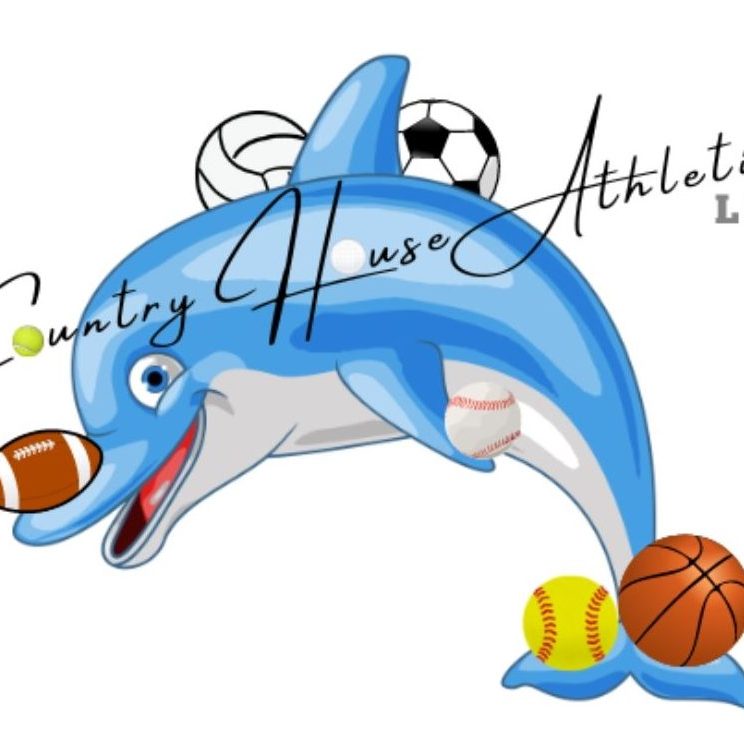As the summer begins to wind down and youth and high school athletes gear up for the fall season, one thing remains steady, if not turned up a bit — the heat. Practices often begin in the hottest weeks of the year, and for fall sports like football, soccer, and cross country, that can spell danger if we’re not vigilant.
Two of the most serious heat-related conditions we worry about in athletics, particularly at this time of year, are heat exhaustion and heat stroke. They’re not the same, and knowing the difference could make all the difference — especially when it comes to protecting your child.
What Is Heat Exhaustion?
Heat exhaustion is the body’s response to losing too much water and salt — usually through sweating. It’s more common than heat stroke and often happens after long periods of physical activity in high temperatures.
Signs of heat exhaustion include:
- Heavy sweating
- Cool, pale, or clammy skin
- Fast, weak pulse
- Nausea or vomiting
- Muscle cramps
- Tiredness, dizziness, or fainting
- Headache
What to do: Move your child to a cool place, encourage them to rehydrate, remove excess clothing, and cool them down with wet towels or fans. If symptoms don’t improve in about 30 minutes — or if they worsen — seek medical attention.
What Is Heat Stroke?
Heat stroke is a life-threatening, medical emergency. It occurs when the body’s internal temperature rises rapidly and the sweating mechanism fails, making it impossible to cool down.
Signs of heat stroke include:
- No longer sweating, despite the heat
- Red, hot, and dry (or damp) skin – the skin will still be wet from previous sweating!
- Confusion, slurred speech, or loss of consciousness
- Rapid, strong pulse
- Seizures
- Very high body temperature (above 104°F) – rectal temperature is the only accurate way to measure body temperature in diagnosing this condition!
What to do: Since this is a medical emergency, do not delay and call 911 immediately. Begin cooling your child with ice packs, cold water immersion, or wet cloths while waiting for help to arrive.
What Can Parents Do to Help Prevent These Conditions?
While coaches and athletic trainers take many precautions, parents play a critical role too — especially before kids ever get to the field.
Here are five ways you can help:
- Hydrate Early and Often
Hydration starts days before activity, not just on practice or game day. Encourage your child to drink water consistently throughout the day — not just at meals or before practice. - Salt Matters, Too
Sodium (and other electrolytes) isn’t the enemy during hot workouts. Consider snacks or drinks with some salt content (sports drinks or salty foods) to help maintain electrolyte balance, especially if your child is a heavy sweater. - Know the Weather and Practice Schedule
Be aware of heat indexes and ensure your child has access to shade, water, and rest — particularly during two-a-days or long outdoor practices. - Monitor Their Clothing
Lightweight, moisture-wicking clothes in light colors help keep the body cool. Avoid heavy cotton and dark-colored fabrics. - Don’t Skip Sleep and Meals
Poor sleep and under-fueling can increase the risk of heat illness and lead to slower recovery, poor performance, and even more risk for cramping.
Why Your Athlete Might Start Cramping Up Week 1 or 2 — and It’s Not Just About the Heat
You’ll notice something strange when games start: athletes — especially football players — start cramping up late in the second half of Week 1, Week 2, and sometimes Week 3. It seems like no amount of water or bananas is enough.
Here’s the thing: it’s not just hydration that’s to blame. The real reason behind these early season cramps is more complex — and we’re going to break it all down in a future post. (Hint: it has everything to do with how the body adapts to real game intensity.)
In the Meantime…
As a parent, your role in preparing your athlete is invaluable. Keep the conversations going at home, pack those extra water bottles, and don’t hesitate to ask your child’s coaches or athletic trainer how they’re managing heat risk this season.
And be sure to follow Country House Athletics as we dig deeper into cramping, recovery strategies, and how to get your child safely through Week 1 and beyond.

No responses yet